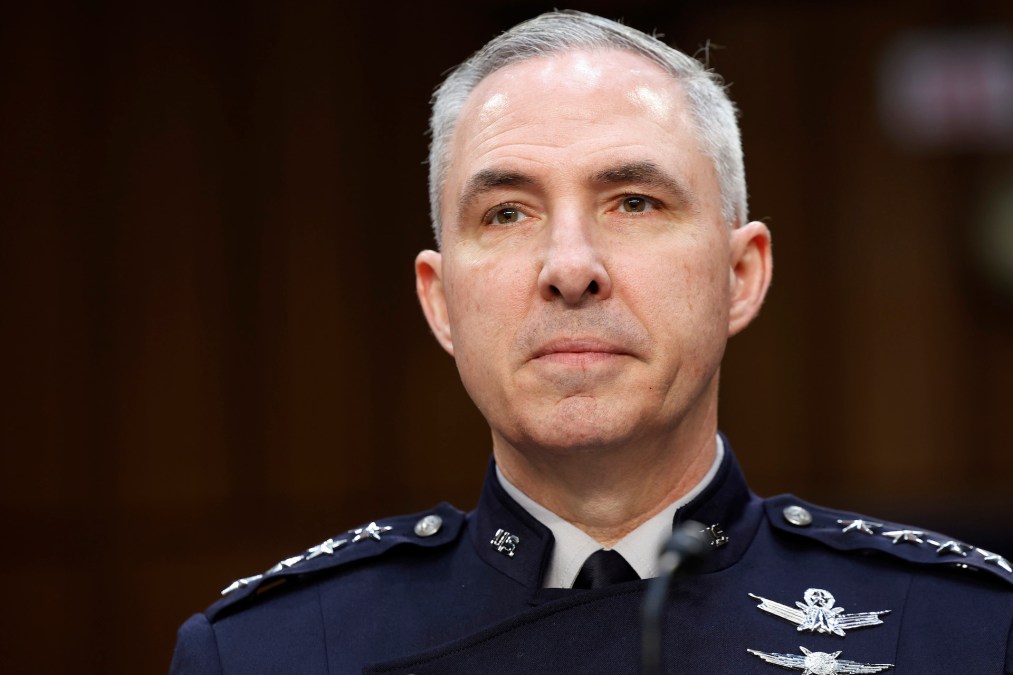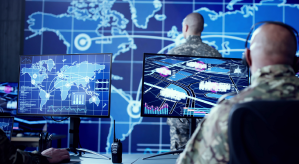Spacecom plans to launch pilot program to test data-fusion capabilities

U.S. Space Command is on the cusp of standing up a new pilot to improve its ability to fuse data from multiple sources to create a single common operating picture for warfighters, according to Spacecom Commander Gen. Stephen Whiting.
Across its mission set, Space Command currently operates several different systems that each produce high volumes of data necessary for conducting operations in the space domain — an amount that will likely grow as Spacecom continues to grow as an organization. The combatant command has repeatedly communicated its need for better command-and-control capabilities that can fuse all of its data for warfighters, Whiting said Monday during a webinar hosted by the Mitchell Institute.
“We have a fair amount of data that washes around in our system. Today, unfortunately, I don’t have a single common operational picture that I can point to to bring us all that in a coherent manner,” he said. “Can we operate without having that single common operational picture? Absolutely, but we want to do better.”
Now, Spacecom is in the early stages of developing a pilot program to test data-fusion capabilities for the space domain, Whiting said. He noted that he is working closely on the effort with the Joint Staff’s Office of Command, Control, Communications and Computers/Cyber, J6.
Planning for the effort’s timeline and cost is still underway, but Spacecom expects to announce the specific mission area it will use as a test case in the coming weeks or months, Whiting said. The mission area will be one that creates enough data over a specific period to adequately test data-fusion capabilities, he noted.
“We’re not an acquisition organization, but we think this is the kind of value a COCOM can add because we can deliver that within our event horizon of now to three years,” Whiting said. “It’s about merging data, it’s not about building a new satellite system. It’s taking the data we have and using it better.”
Because the effort is in its nascent stages, Spacecom hasn’t begun work on determining what technical solutions it will need to create a common operational picture, the commander noted. It will likely include capabilities leveraged from the commercial sector that will be configured by operators within the organization to fit their needs, he said.
“We’re early in the development of this pilot test case, but we don’t think this is an overly difficult technical problem,” Whiting said. “We think there’s lots of applications out there that can help us fuse the data and then present it in the way that we’re going to want to.”






